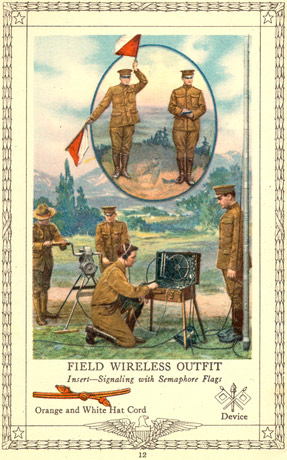
We've had quite a run-up in the past few years, so a modest correction will still leave most collectors far ahead of where they were in 2004
We've had quite a run-up in the past few years, so a modest correction will still leave most collectors far ahead of where they were in 2004
At SCM, we sometimes feel like we are in a small spotter's ship, stationed in the middle of an ocean. From time to time as we crest a swell, we see an auction analyst sending us his report in terse Morse-like code: "Bonhams does $7.3 million at Owls Head, bidding strong for good stuff," or "RM sells $23.7 million in London, sales down from last year, yet McLaren brings record $4 million."
Our job is to combine all of these reports and in the relative calm of the SCM offices, try to ascertain if there is a pattern to the sales they represent.
And indeed there is. As we have said many times before, in a weak economy, the best cars, with the best history and in the best condition, will still sell for good money, and nicely done, affordable, entry-level collectibles (the $25,000-$50,000 range) will change hands easily.
We would be remiss to say that everything will continue as before; in fact, falling sales percentages and total dollar amounts tell their own story. But unlike investment banks that are imploding left and right, and even major car companies that can't give inventory away and are pushing to get into the federal government's soup-kitchen bailout line, the collector car auction companies we deal with all report that business is moving along as usual.
They also report that sellers understand the changing market conditions, and that they may have to take less for their cars than they would have a year ago. However, they also understand that we've had quite a run-up in the past few years, so a modest correction will still leave most collectors far ahead of where they were in 2004.
Increases confined to blue chips
Also, from the SCM perspective, the increase in prices in the last five years has been confined primarily to true blue-chip collectibles, with Duesenbergs, Bugattis, and Ferraris leading the charge. Muscle cars with unassailable provenance have maintained their values, but non-matching-number, lower-horsepower cars with questionable or no history have seen their values plummet, as indeed have all cars in shabby condition or with questionable provenance.
Fortunately, we have been spared the ludicrous spectacle of the automotive equivalent of a shark in a tank of formaldehyde bringing $12 million; our market does seem far more discerning now than in 1991.
A Ferrari SWB will always be a desirable car, and it will have a strong market value long after jewel-encrusted masks created by an artist's apprentice have been put into a closet along with former flash-in-the-pan collectibles like Peter Max paintings and Beanie Babies.
Give yourself a running chance
Our advice continues to be the same. Don't spend more than you can afford to, don't buy expecting an immediate significant profit, buy what you want to use, and buy the best car you can in your price range.
As we reach a certain age, the last recommendation above becomes even more important. I am increasingly finding that I am looking for immediate gratification from my automotive acquisitions, and as such a perfect chrome-bumper MG B offers more satisfaction than a scruffy "but has potential" Healey BJ8.
I am cognizant that the days to use our old cars are few, and my patience is simply wearing thin with cars that offer a succession of impediments to my using them. Fuel pumps that don't pump, carburetors that don't carburet, valves that aren't timed properly, brakes that don't stop, wheels that aren't in round, windshield wipers that don't work-the list is nearly endless for an unfettled car, restored or not.
With each passing need for roadside assistance, I better understand why a well done, fully functional Ferrari GTE at $150,000 is a far better buy than one that has "been stored in a dry climate, hasn't run in 20 years, but is 100% complete" at $100,000.
If the goal is to maximize our driving pleasure with these cranky old cars, why not give yourself a running chance to have a good experience by buying a nice car to begin with, instead of a wallet-magnet that offers more promises than reality.
And when it comes to looking at dreams, promises, and reality, the SCM and Corvette Market teams will be in Arizona, attending every auction and reporting on them for you. If you see one of us in the field, please come up and introduce yourself; we very much appreciate your continued subscriptions and support.
Collector Car Price Tracker is a go
After a few fits and starts, our near-real-time online price guide is up and running. The Collector Car Price Tracker represents two years of collaboration with eBay Motors; you can find the results at www.collectorcarpricetracker.com. It currently has over 500,000 sale prices, and over 2,000 completed auctions are being imported each week. The most recent auctions, from July 2008 to the present, include the complete original auction listing with all photos, something not available anywhere else-even eBay Motors deletes them from its servers after 90 days.
We understand that the eBay Motors spectrum is different from the SCM mainstream. Motors has more cars, of different types, and in wildly differing conditions and prices, than we normally cover. But the Collector Car Price Tracker is a valuable addition to a collector's toolbox. Our introductory pricing is attractive; you can get a year of unlimited access for just $49.99; one month unlimited is only $5.99, and a 24-hour test-drive is just $3.99.